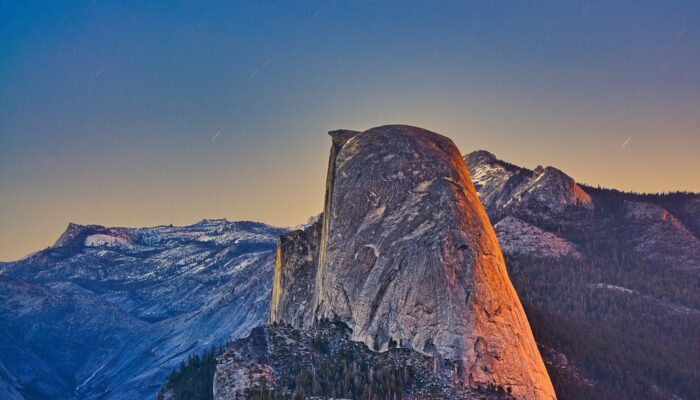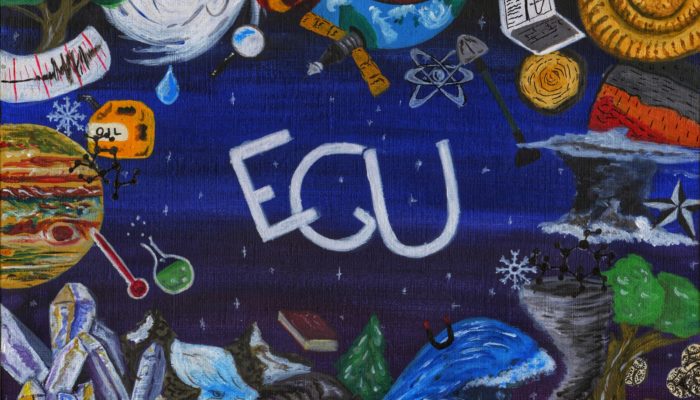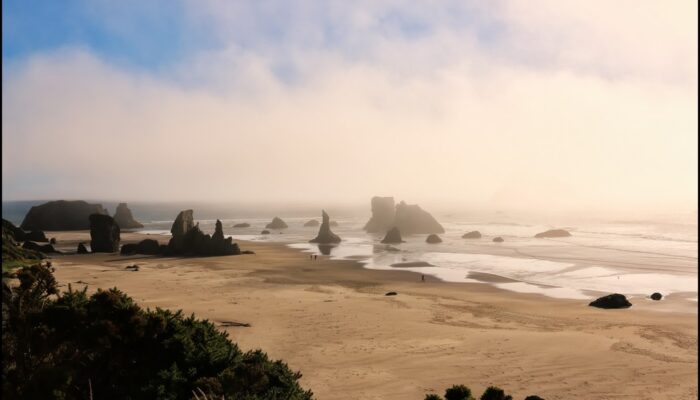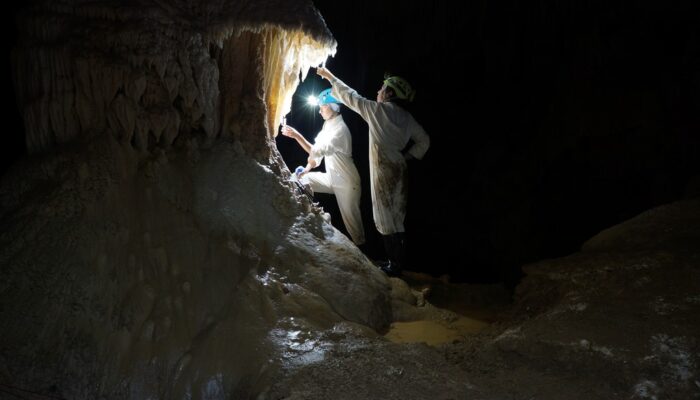This side view of Half Dome at Yosemite National Park (California, USA) was taken from Washburn Point, a less frequented overlook a few hundred meters away from the popular Glacier Point outlook. The sun just on the right side behind the camera, which gave the orange tint to the back side of Half Dome. At the same time a full moon was mere minutes from bursting in the background, which resulted in ...[Read More]
Imaggeo on Mondays: Sunset and moonrise at Yosemite




